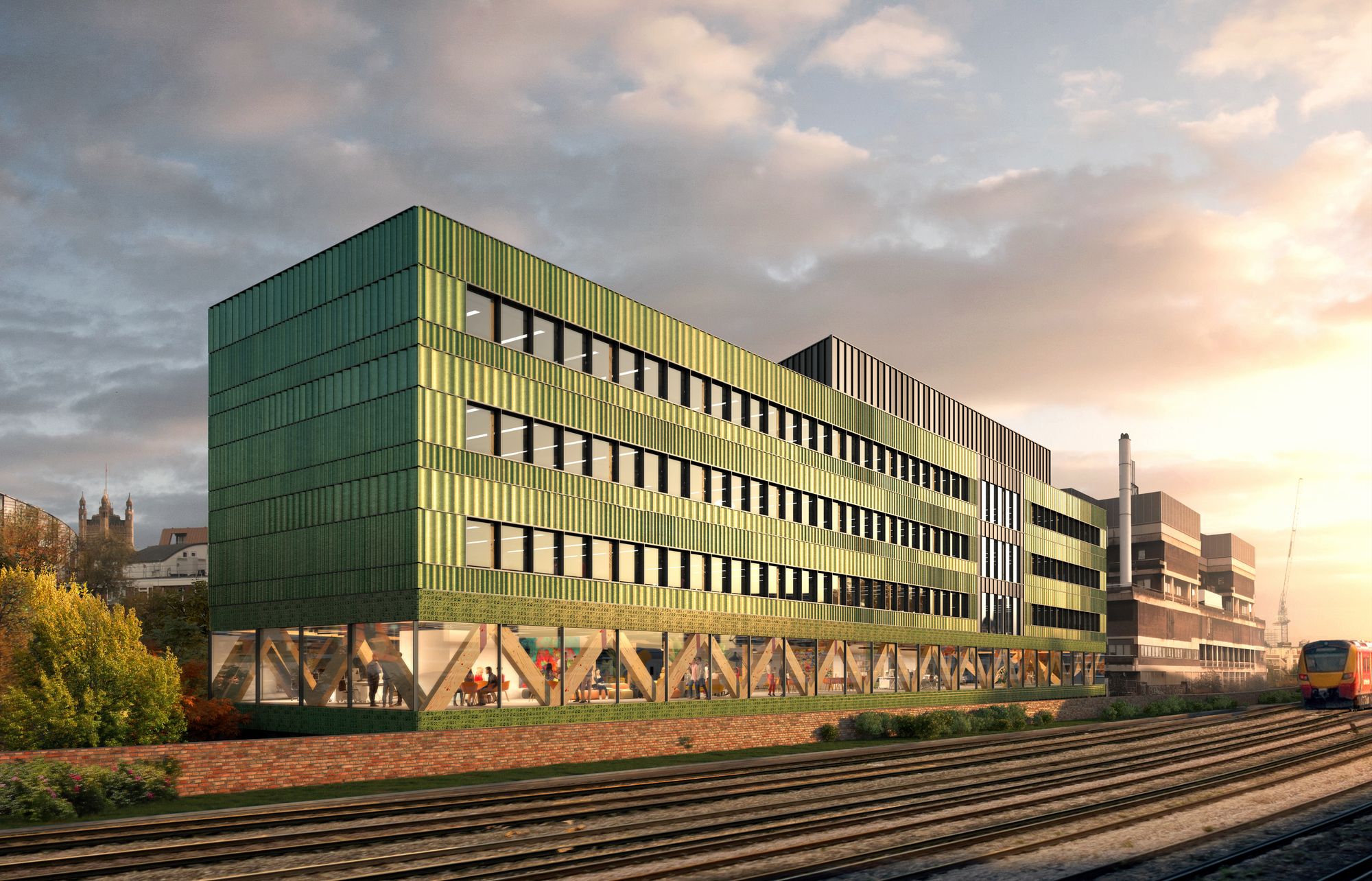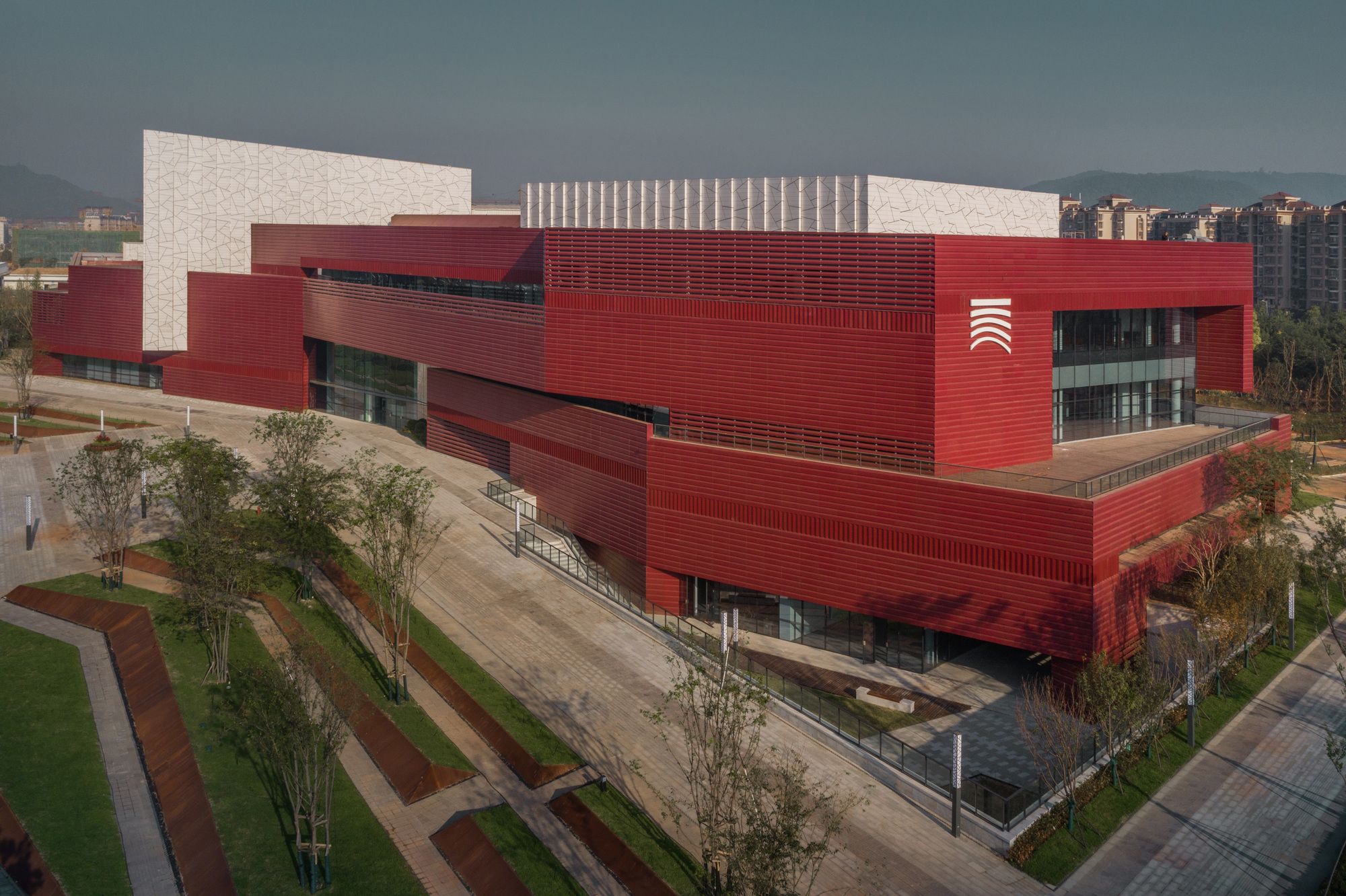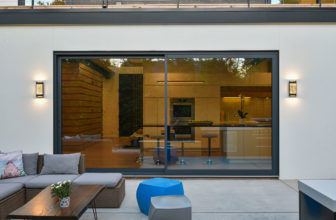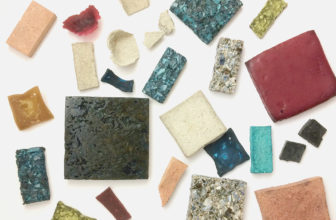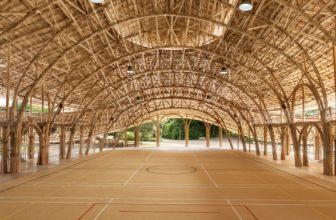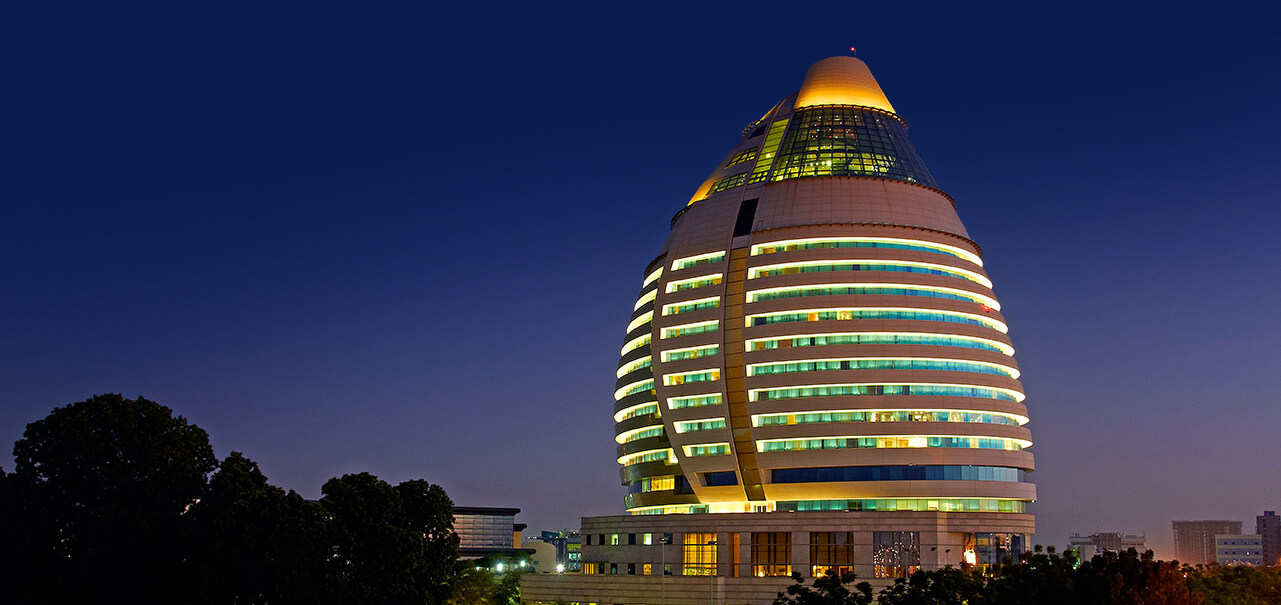Going green is à la mode right now, and what would be greener than a 100% natural building material that resembles the merging of the traditional and the modern? Terracotta, which directly translates into Latin as ‘baked earth’, is the material in question.
Terracotta is the architectural terracotta cladding material that is made from fired clay; it comes in many shapes that can be used in constructing different edifices such as schools and hospitals to art museums and police stations. Terracotta cladding is also a great way to introduce colors to your architectural facade without using paint.
What is Terracotta made of?
Since terracotta is made from fired clay, then it is not biodegradable and is all about durability. It is fired at temperatures that range between 1000℃ and 1170℃. This results in the burning of all organics along with water, which means that it leaves us with a porous material that is fireproof and immune to weathering and erosion.
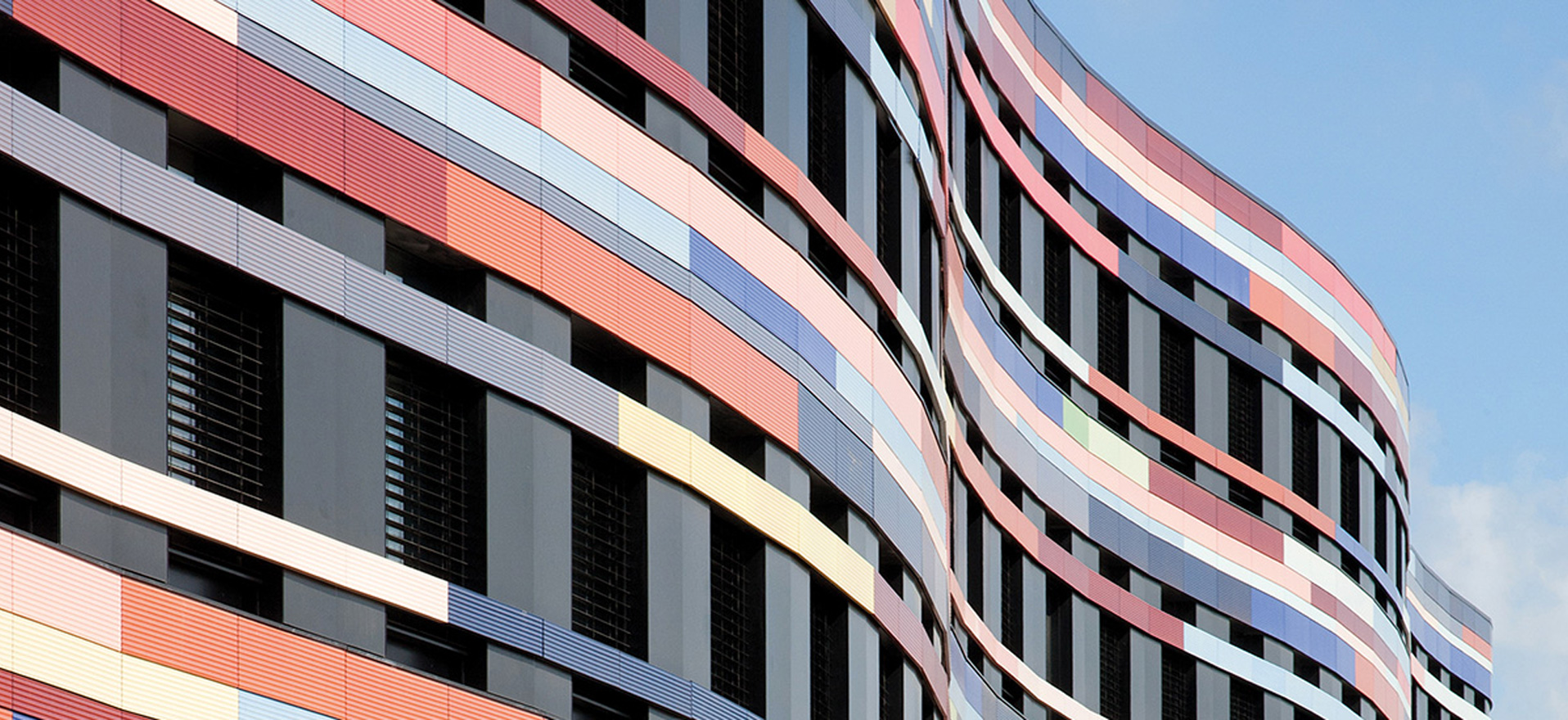
terracotta façades
Terracotta Cladding as Contemporary Design
The colors terracotta comes in do not fade, and require minimal cleaning, the recommended frequency is once every few years, and after power-cleaning the facade, it returns to its original color. Using terracotta also improves the thermal performance of the edifices since certain terracotta designs are made to withstand rainy weather while other work on insulating heat from the outside.
Such designs are Louvers and baguettes; they are excellent for warmer environments as they lessen the intensity of exposure to the sun. This, in turn, reduces energy consumption and unnecessary costs. Terracotta, undoubtedly, is better than ceramic, aluminum panels, and fiber cement facades, since it is environment-friendly, low maintenance, and cost-efficient.
Whereas glazed terracotta used to be quite sought-after, matte shades of terracotta are now more desirable as they give the edifices an air of solemnity. Many shades of terracotta are also available; from the cold tones of gray to the warmer, richer tones of yellow, orange, and red, and even pastel colors.
The panels come in distinct textures as well; there is glazed, matte, 3D Digital INKJET, and even cracked glaze such as the one used in the Hunan Art Museum in China. Merging the different panel designs and glazes creates a structure that embodies the traditional and the modern.
Case study: Hunan Art Museum by Huajian Group
One brilliant example of utilizing terracotta to fuse the modern and the traditional is the Hunan Art Museum. The interface of the museum gently merges the glazed, vermilion terracotta with a magnificent white block that rests atop the museum. The museum is erected on the bank of the Xiangjiang River, and the glazed terracotta reflects the sunlight while preserving the temperature within the structure. The mighty structure is a striking add-on to the urban landscape; it both merges with it perfectly and stands out.
The importance of the art museum in this urban landscape is reflecting the intellectual mode of the city. The Chinese excelled in using terracotta to create this harmonious structure, for it reflects their faithfulness to the traditional while focusing on the progressive approach of the country.
The usage of terracotta brings warmth into the urban landscape through the pleasant vermilion glaze surrounded by the greenery and the gardens integrated within the museum. The structure reflects its surroundings and absorbs the sunlight. The glazed exterior means that the sunlight reflects on the structure throughout the day, thus enveloping and mirroring the sun as it moves across the sky. The Hunan Art Museum is a cordial yet majestic structure; it merges the formidable and friendly.
Despite the intricate design and the overall mighty aura of the museum, the heavy use of terracotta means that it requires minimal maintenance and saves energy. This focus on using eco-friendly materials further proves that elegance can be achieved through using low-cost, natural materials.
Terracotta Cladding as a Green Material
Terracotta is not biodegradable but it can be recycled to make new cladding for new projects, and the fact that it is 100% natural and non-biodegradable means that it is immune to weathering and erosion. It also requires low maintenance and it retains its gleam for quite a long time. Terracotta is fireproof, and its main screen variety requires no sealants or grouts, which means that the joints do not need to undergo maintenance either.
The beauty of terracotta is that it can be used to deliver a traditional look as well as a modern one. It is a timeless art that can be integrated into most edifices and the result is guaranteed: grace and modern, compact, eco-friendly designs that accommodate modern needs. Modern designs pursue cost-efficiency and grace at the same time: Terracotta is the material that proved to be superior to fiber cement and aluminum panels. It blends in with the surroundings and adds a distinct, traditional flavor to designs with unmatchable delicacy.


